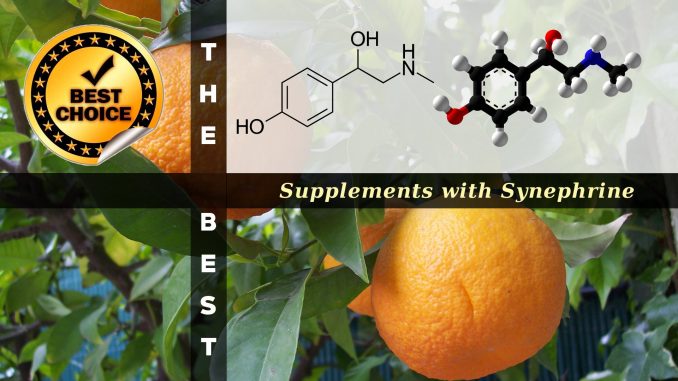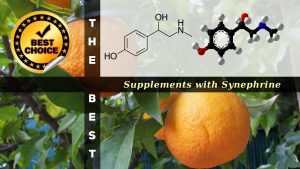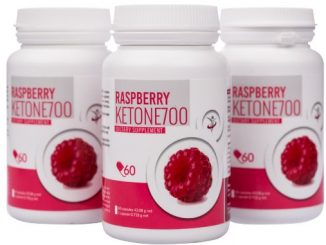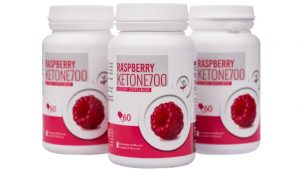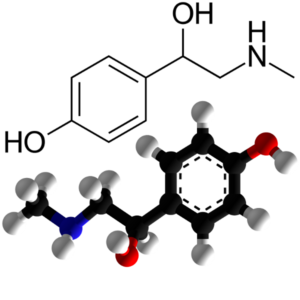The properties of Synephrine
Synephrine, or, more specifically, p-synephrine, is an alkaloid, occurring naturally in some plants and animals, and also in approved drugs products as its m-substituted analog known as neo-synephrine. p-Synephrine (or formerly Sympatol and oxedrine [BAN]) and m-synephrine are known for their longer acting adrenergic effects compared to norepinephrine. This substance is present at very low concentrations in common foodstuffs such as orange juice and other orange (Citrus species) products, both of the “sweet” and “bitter” variety. The preparations used in traditional Chinese medicine (TCM), also known as Zhi Shi, are the immature and dried whole oranges from Citrus aurantium (Fructus Aurantii Immaturus). Extracts of the same material or purified synephrine are also marketed in the US, sometimes in combination with caffeine, as a weight-loss-promoting dietary supplement for oral consumption. While the traditional preparations have been in use for millennia as a component of TCM-formulas, synephrine itself is not an approved OTC drug. As a pharmaceutical, m-synephrine (phenylephrine) is still used as a sympathomimetic (i.e. for its hypertensive and vasoconstrictor properties), mostly by injection for the treatment of emergencies such as shock, and rarely orally for the treatment of bronchial problems associated with asthma and hay-fever.
Extracts of unripe fruit from Asian cultivars of Citrus aurantium (commonly known as “bitter” orange), collected in China, were reported to contain synephrine levels of about 0.1–0.3%, or ~1–3 mg/g.
Some dietary supplements, sold for the purposes of promoting weight-loss or providing energy, contain synephrine as one of several constituents.


























































